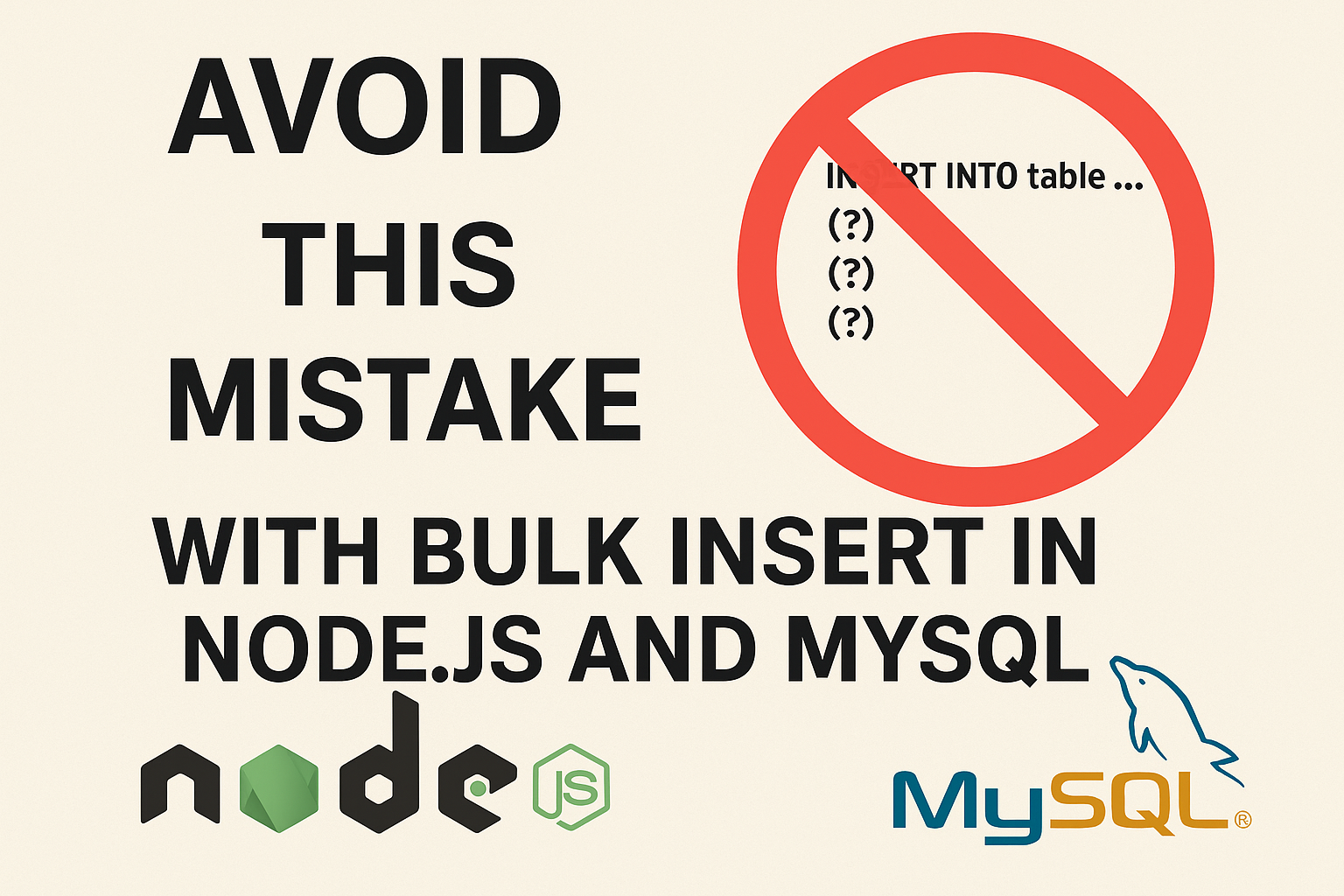SNI vs. Wildcard Certificates: A Comparison
SNI vs. Wildcard Certificates: A Comparison
SNI (Server Name Indication) and Wildcard Certificates are both methods used to secure multiple domains on a single server, but they operate differently.
SNI (Server Name Indication)
- How it works: SNI is a TLS extension that allows a client to specify the domain name it’s trying to reach during the handshake. The server then selects the appropriate certificate based on the SNI.
- Key feature: Allows multiple domains on a single IP address.
- Benefits:
- Cost-effective: Requires fewer certificates.
- Flexible: Can be used with any domain name.
- Secure: Provides strong encryption.
Wildcard Certificates
- How it works: A wildcard certificate allows you to secure an unlimited number of subdomains under a specific domain. For example, a wildcard certificate for
*.thnkandgrow.comwould protect all subdomains like www.thnkandgrow.com, https://blogs.thnkandgrow.com, etc. - Key feature: Covers all subdomains under a single domain.
- Benefits:
- Easy to manage: Only one certificate is needed for multiple subdomains.
- Secure: Provides strong encryption.
Key Differences
| Feature | SNI | Wildcard Certificate |
|---|---|---|
| Domain Coverage | Any domain name | Subdomains under a specific domain |
| Certificate Count | Multiple certificates (one per domain) | Single certificate |
| Flexibility | Highly flexible | Less flexible (limited to subdomains) |
| Cost | Generally cheaper | Can be more expensive |
When to Use Which
- SNI: Ideal for hosting multiple unrelated domains on a single server, especially if you have a large number of domains or frequently add new ones.
- Wildcard Certificate: Suitable for securing all subdomains under a specific domain, especially if you have a consistent naming convention for your subdomains.
In summary, SNI offers greater flexibility and is often more cost-effective for hosting multiple domains, while wildcard certificates provide a simpler management solution for subdomains. The best choice depends on your specific needs and the structure of your domains.





